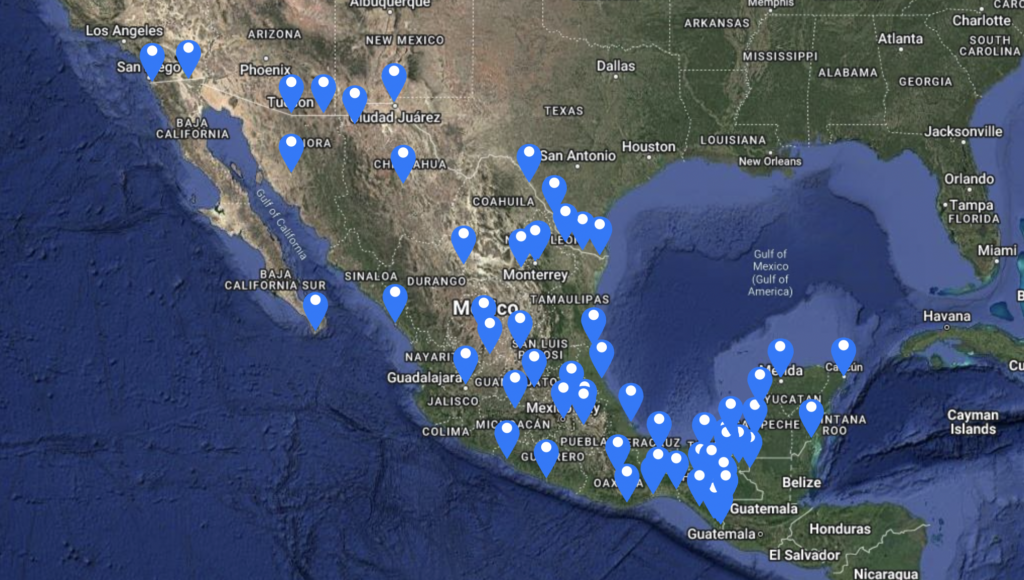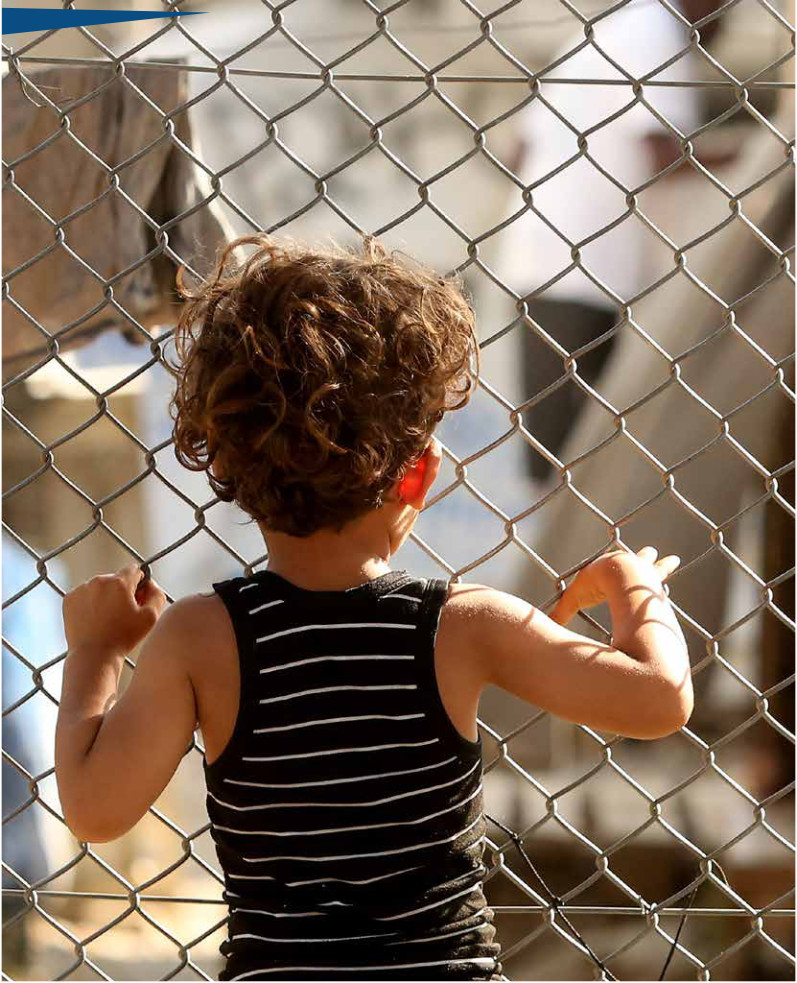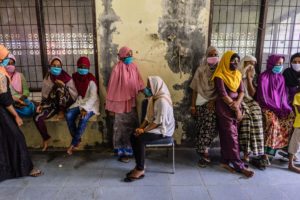7 April 2025
UN Committee on the Protection of the Rights of All Migrant Workers and their Families, Informal Session for NGOs and NHRIs
Aziz Abdul Muhammat, GDP Refugee Advocacy Co-ordinator
Mexico faces enormous pressures both as a major migrant source country as well as a transit country for large numbers of people from both Latin America and other countries across the globe. At the same time, it is under pressure from the United States to block migrants, refugees, and asylum seekers seeking to cross the country. Mexico’s complex migration challenges notwithstanding, it has used immigration detention measures on a scale that may be unique in the world, placing hundreds of thousands of at-risk people—many of whom have experienced severe trauma in their homes as well as during their migration journey’s—in often deplorable facilities where they lack access to basic services, medical treatments, or legal assistance. In 2023 alone, Mexico reported detaining nearly 800,000 people, included more than 100,000 children.
In its state report, Mexico has sought to allay concerns about its burgeoning detention system. However, many of its responses raise serious questions about its ability or intention to adhere to its commitments under the Convention. These include:
- Concerns about Mexico’s plans to create “Multi-service centres for inclusion and development” (or Centros Multiservicios de Inclusión y Desarrollo). Mexico says in paragraph 159 of its report that it is shifting to a non-detention model for its migration processing, pointing to new Multi-service centres, which are intended to operate as European style processing centres that provide a range of asylum and other social services. However, our partners in Mexico say that the model is impractical given the large numbers of people crossing the southern border as well as due to cuts in U.S. funding. Our partners also state that it is very likely that these centres will involve some form of forced residence, amounting to de facto detention. A key concern is whether Mexico will provide the full range of legal rights to people held at these facilities, or whether they intend to shield themselves from responsibilities by promoting misleading definitions and terminologies. Mexico has a long history of using misleading words to characterise its detention practices, for instance calling detention centres “migratory stations” (estaciones migratorias) and using euphemisms like the word “assurances” (aseguramientos) in place of clear language like “arrest” or “detention.” We urge the Committee to carefully interrogate Mexico about: (1) how exactly these “Multi-service centres” will operate; (2) what impact they are intended to have on diminishing the use of official detention centres; (3) how authorities intend to distinguish “accommodation” at these centres from formal detention; and (4) what legal rights people who are held against their will at these facilities will have. We further urge the Committee to consider implementing some form of follow up to investigate how practices at these facilities evolve, especially because of the deteriorating situation for migrants in the region because of the policies of the new U.S. administration.
- Concerns about how limits to detention are implemented and the impact of the Supreme Court’s 2023 amparo decision. Mexico notes that the amparo decision has had the impact of limiting the length of immigration detention to 36 hours. Civil society partners in Mexico have also acknowledged the positive impact of this decision. However, they note that one result of this decision is that while Mexico has implemented significant resources to ensuring the measure is effectively implemented, it is implemented in a way that inhibits detainees from pursuing regularisation of their status or asylum procedures, leaving people stranded and potentially vulnerable to re-arrest or other abuses. We urge the Committee to seek greater details about the social services Mexico provides to people who are released from detention and what plans it has to ensure that released detainees have access to adequate legal procedures.
- Concerns about the de facto detention of children. Despite the adoption of important reforms of the Migration Act in 2020 prohibiting the detention of children, observers in Mexico note that thousands of children are confined in de facto detention centres operated by the National Agency for Family Development (DIF) that are attached to formal detention centres. Observers have repeatedly reported that the DIF system is severely limited and effectively amounts to detention. In response to this, the INM has set up spaces known as “Channelling Offices,” which are an extension of the detention centres, where it has been documented that they are held in worse conditions as adults at the facilities. As a result, more than a hundred thousand children have been placed in a form of de facto, mandatory detention at facilities annually since 2022. We urge the Committee to question Mexico about how it intends to move beyond detention models in its treatment of child migrants and to encourage it to develop non-institutional models of care and reception of migrant children and their families.
FURTHER READING
Submission: Mexico – Joint Submission to the Committee on the Rights of the Child (November 2023)
Submission: Mexico – Joint Submission to the Committee on Migrant Workers (November 2023)
Blog: Deaths in Ciudad Juárez Detention Centre Reveal the Brutality of Immigration Control in Mexico (March 2023)



